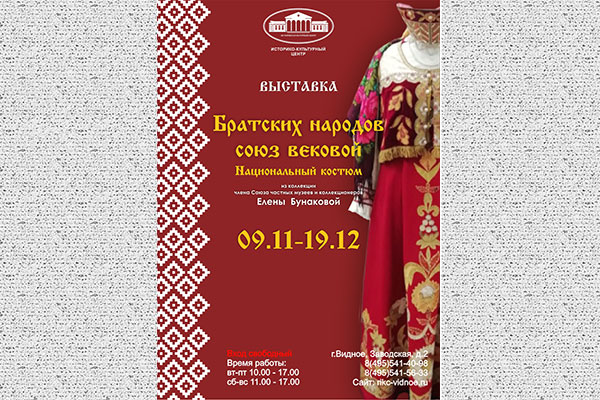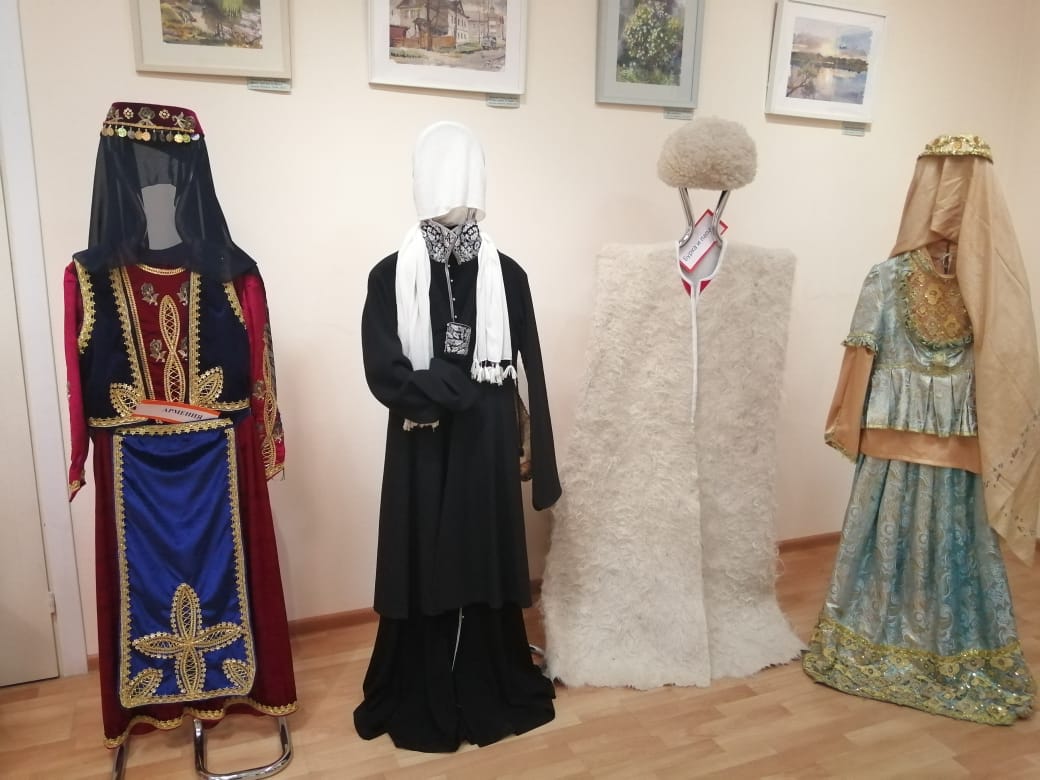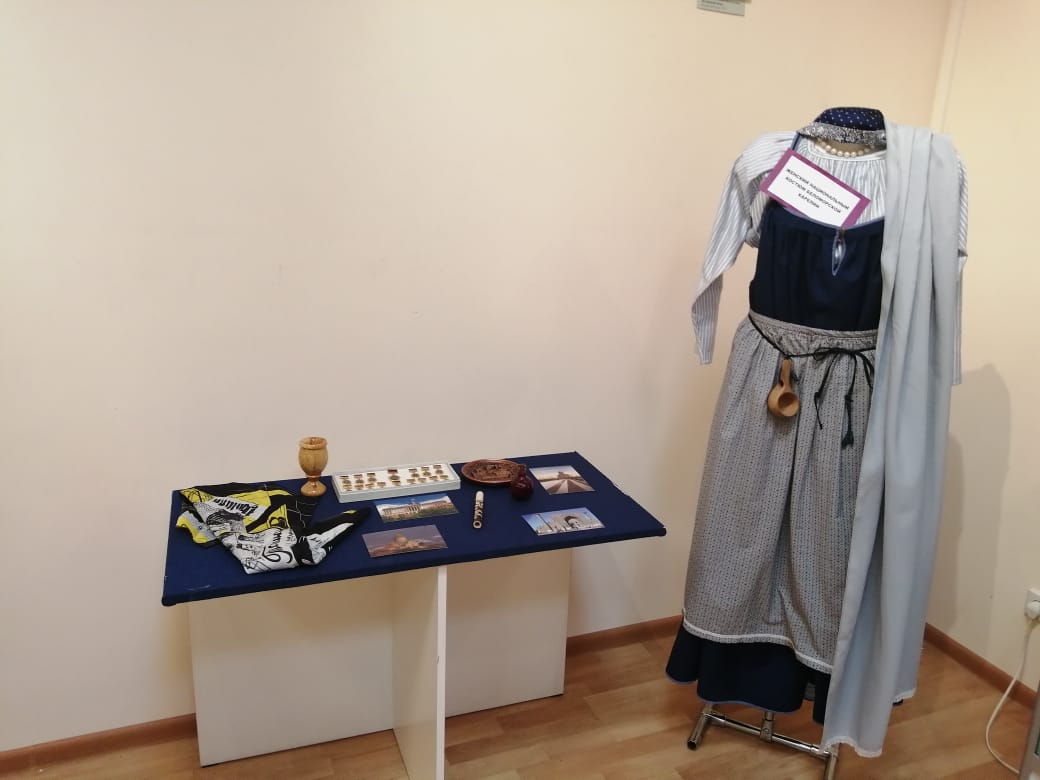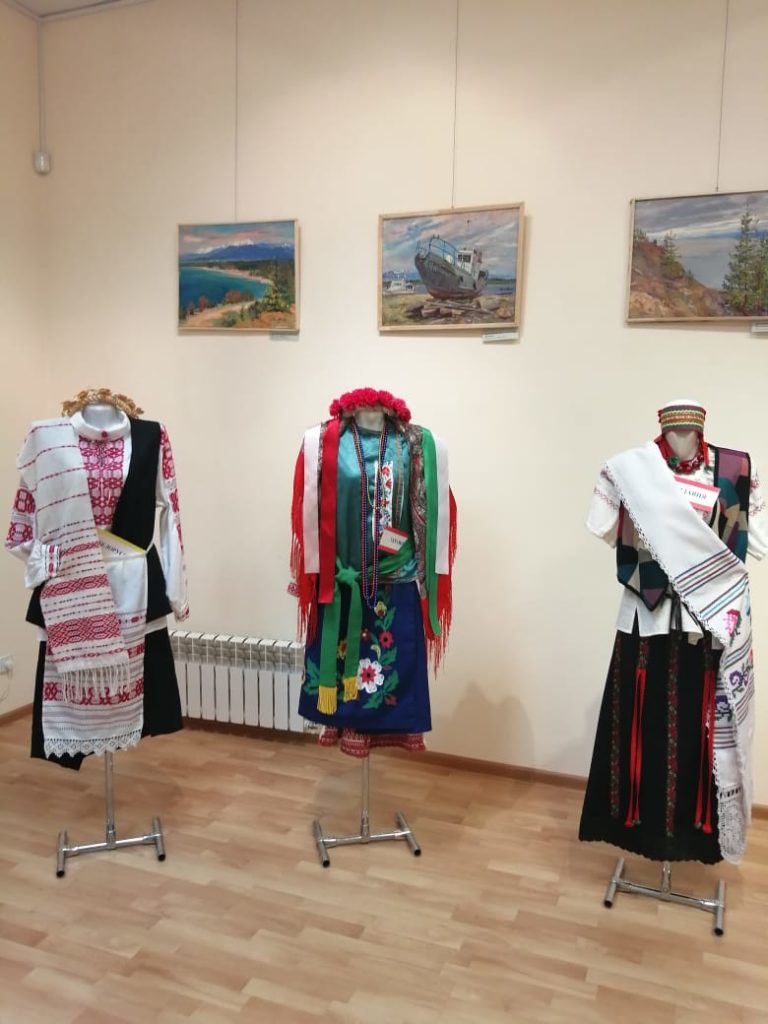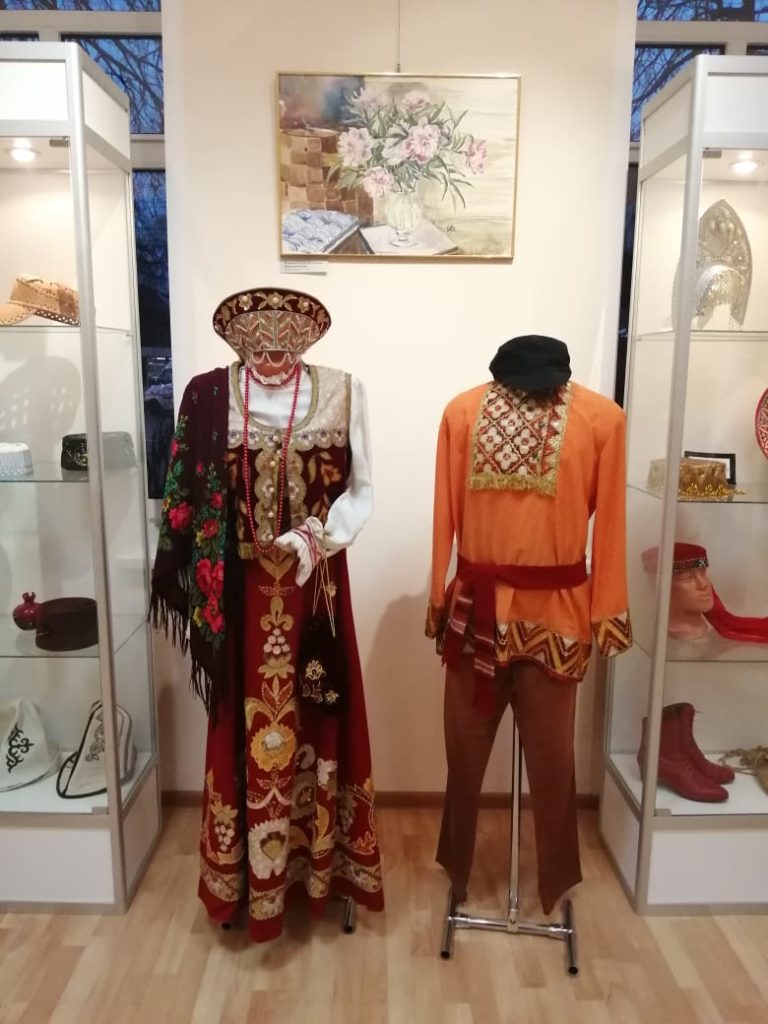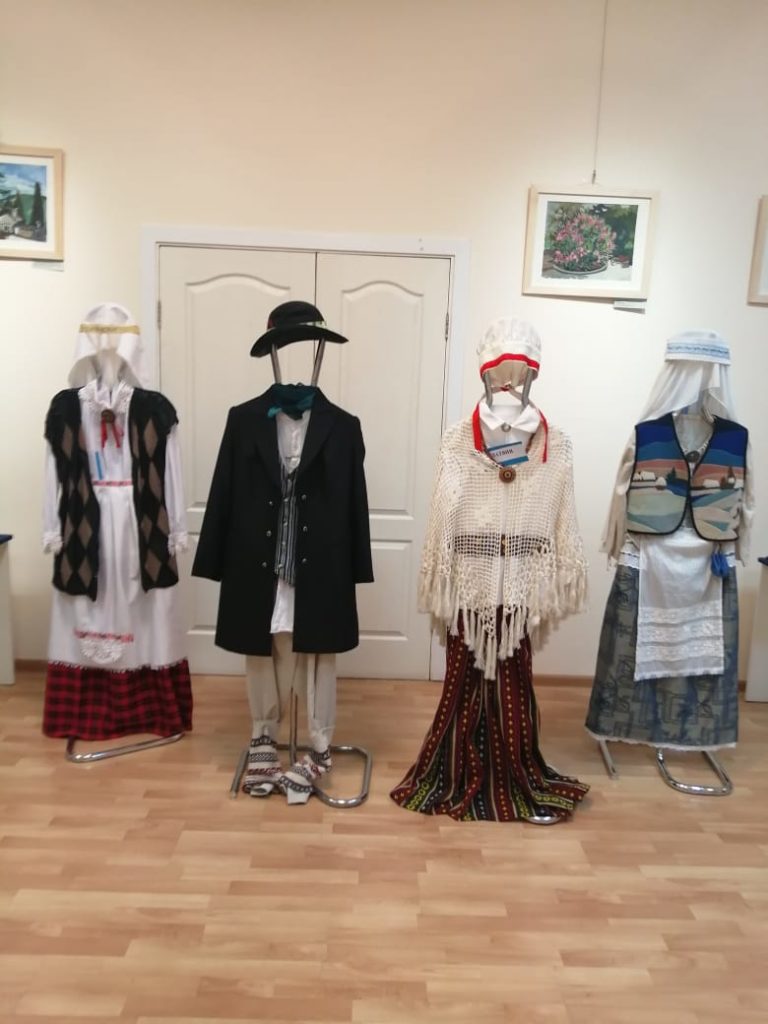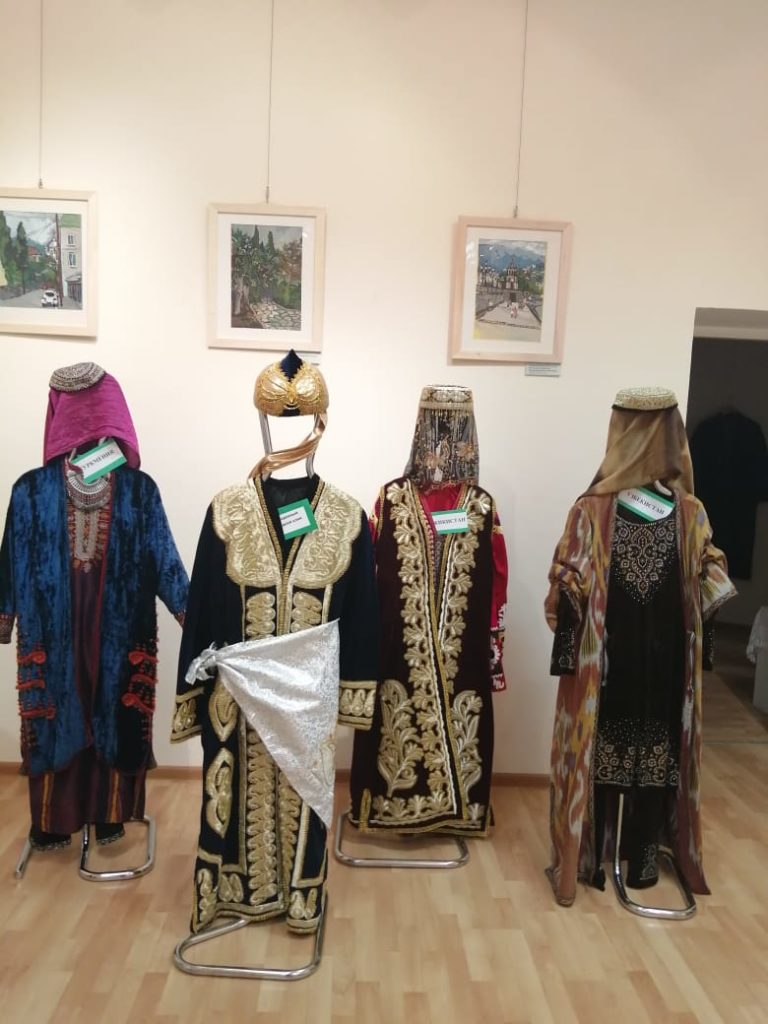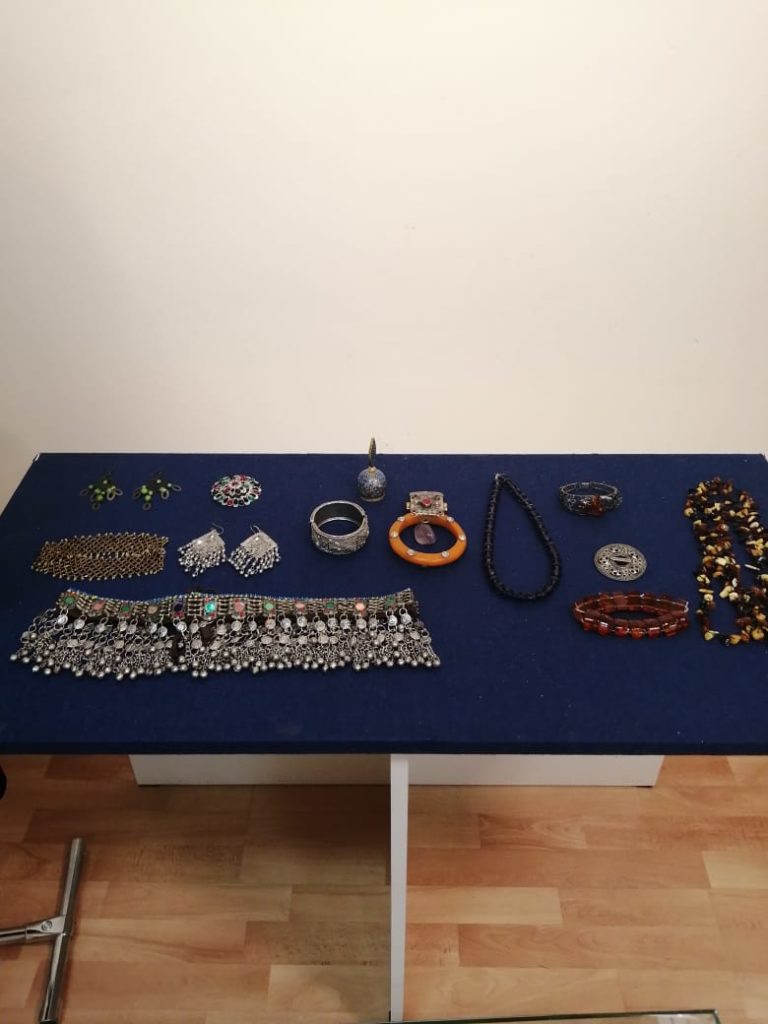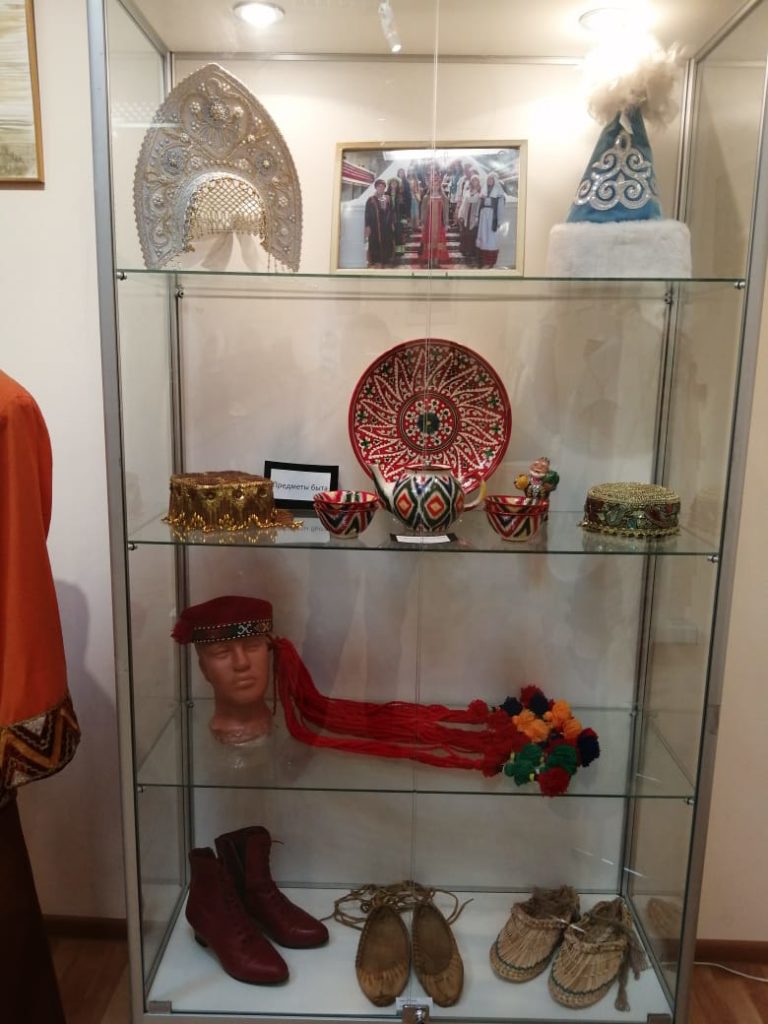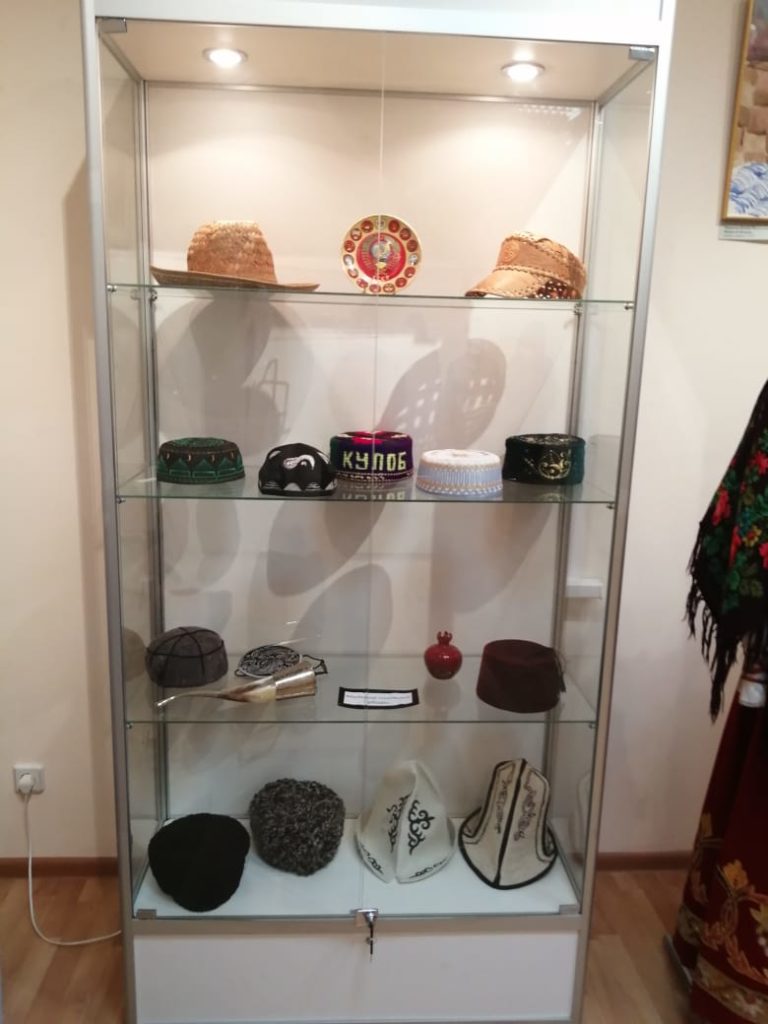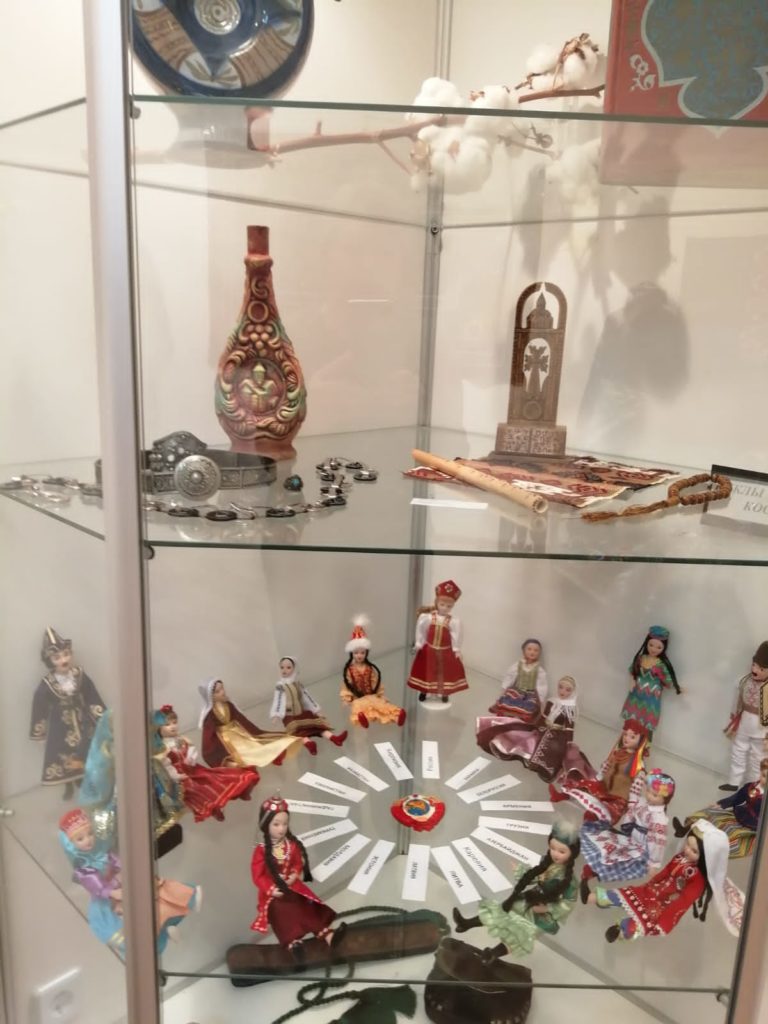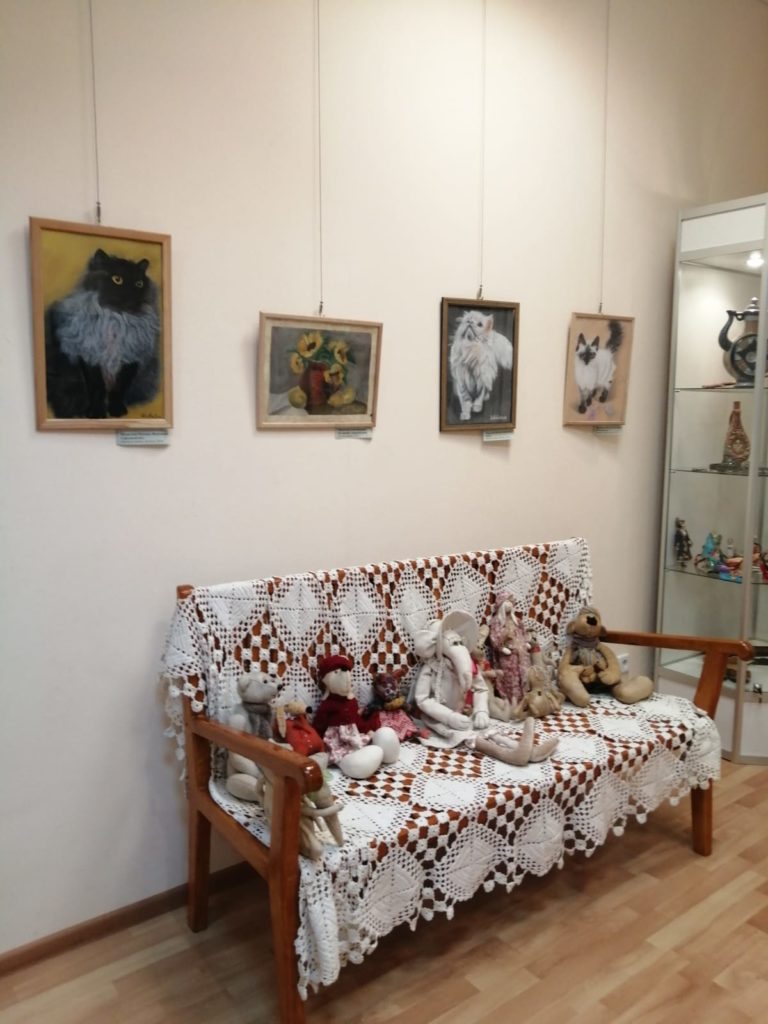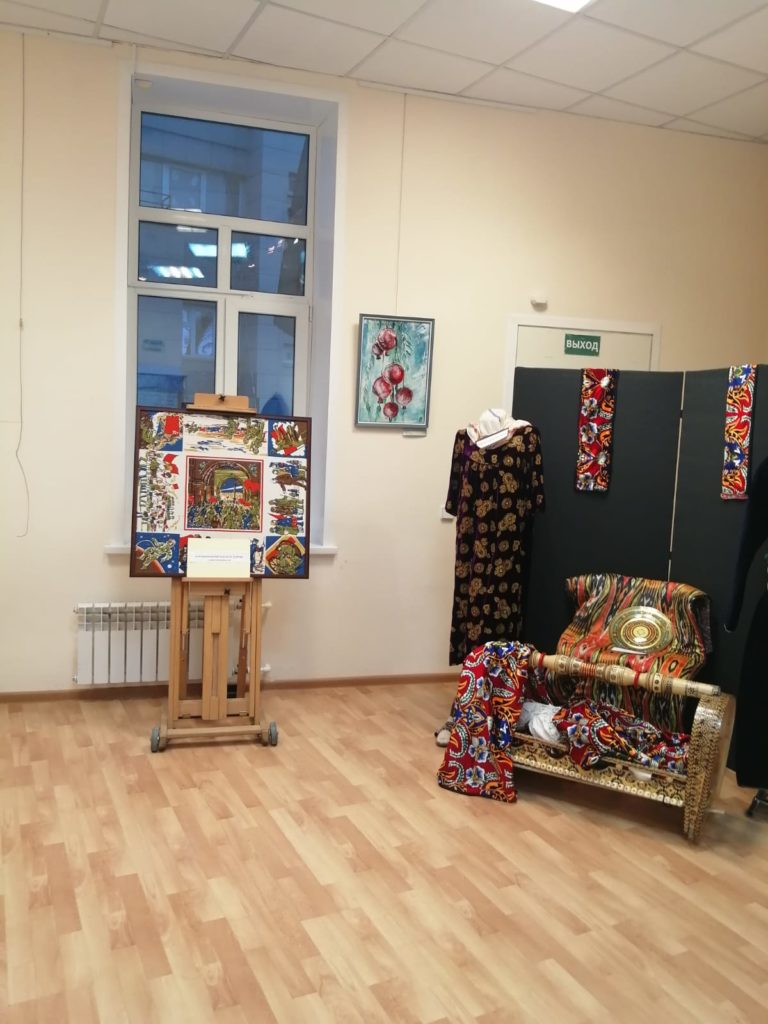The exhibition “Eternal Union of Fraternal Peoples”, presenting folk costumes of the former Soviet republics, now neighboring countries, from the collection of a member of the Union of Private Museums and Collectors Elena Bunakova, opens on Unity Day in the Historical and Cultural Centre. The show lives up to its name: almost a century ago, on December 30, 1922, for the first time in history, a multinational state based on equality and friendship was established — the Union of Soviet Socialist Republics.
“The collection has its roots in our country’s past, the USSR”, writes collector Elena Bunakova. Elena traveled a lot, to republics among other places, and from each trip, she brought home national costumes. The collector bought some of the items thrifting at flea markets, found others in antique shops, or received as gifts from her friends — this is how the collection Parade of Republics was built. “These costumes were designed by the people and the traditions”, says Elena, “you never get tired of looking at them and learning to love our multinational country and all the people who live on its vast lands.”
The former Union republics are now independent countries and our closest neighbors. We still have a lot in common, including common culture and history. Culture is a bridge between various peoples. And clothing is an important part of the culture. Moreover, national costumes have a close connection with the history of the nation. It reflects the way of life, nature, customs, habits, even the worldview of those who created it.
The red festival sarafan is a recognizable part of Russian women’s costume, and the favorite white color of the Belorussians was given to them by fate. A flower crown with ribbons is an integral element of Ukrainian women’s clothing, and colorful Moldovan dresses are always tied with belts. The history of the Armenian costume dates back three thousand years. Shawls, capes, mantles, and amber jewelry are common elements of Baltic national costumes.
In Turkmenistan, to this day, women wear embroidered dresses, and Tadjik women’s costumes are heavily striped. An Uzbek quilted robe protects from the cold as well as the heat, and the Azerbaijani national costume is bright and flame-colored since there is the word “fire” in the very name of the republic.
The “Eternal Union of Fraternal Peoples” exhibition displays 16 women’s national festive costumes, men’s national costumes, as well as everyday clothes of people in Central Asia, men’s and women’s national headdresses, shoes, tableware, jewelry, dolls, books, postcards, etc.
The show includes some unique items such as a propaganda scarf for the 50th anniversary of the Soviet regime, which tells the history of our country through pictures, or a cradle made by peoples of Asia, a wooden rocking bassinet, decorated with exquisite oriental carving and equipped with unusual devices.
In the interactive zone, you can try on pieces of national costume and take a picture.
Our exhibition presents a unique opportunity to learn about the history, traditions, and way of life of other peoples without leaving the country, which is especially relevant during the pandemic.
The exhibition will run until December 19.

The exhibition “Eternal Union of Fraternal Peoples” 
The exhibition “Eternal Union of Fraternal Peoples” 
The exhibition “Eternal Union of Fraternal Peoples” 
The exhibition “Eternal Union of Fraternal Peoples” 
The exhibition “Eternal Union of Fraternal Peoples” 
The exhibition “Eternal Union of Fraternal Peoples” 
The exhibition “Eternal Union of Fraternal Peoples” 
The exhibition “Eternal Union of Fraternal Peoples” 
The exhibition “Eternal Union of Fraternal Peoples” 
The exhibition “Eternal Union of Fraternal Peoples” 
The exhibition “Eternal Union of Fraternal Peoples” 
The exhibition “Eternal Union of Fraternal Peoples”
